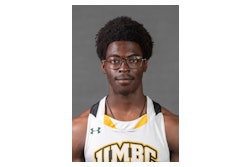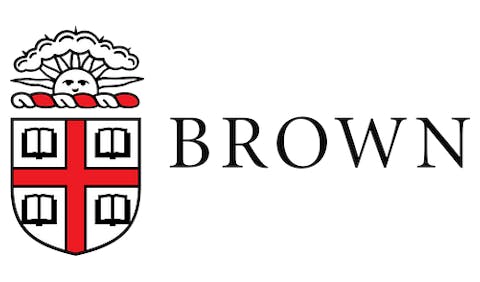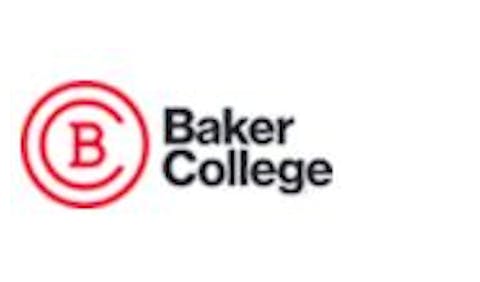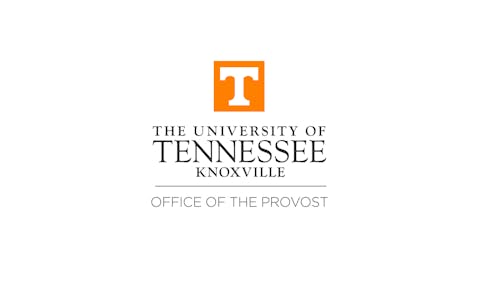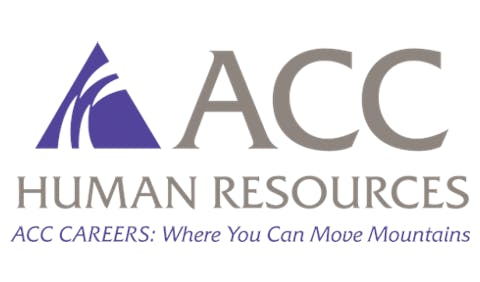A new Center for Studies in Higher Education paper by Donald Barr and John Matsui track the factors contributing to, or detracting from, undergraduate minority student interest in medical careers during premedical science education.
Barr and Matsui identify the challenge facing the University of California, of increasing the diversity of students graduating from its medical schools, while also adhering to mandated restrictions on the use of race or ethnicity in the admissions process.
The authors focus on students from diverse backgrounds who gain admission as undergraduates to UC Berkeley and express an early interest in a medical career, as an important potential source of medical students for the UC system.
This study analyzes trends from previous research suggesting that many of these undergraduate students lose interest in a medical career and never apply to medical school, and identifies possible factors involved in this reduction in minority student interest.
The authors tracked the strength of students’ interest in a medical career from freshman matriculation through the end of sophomore year. Comparing students by self-described racial or ethnic group, the results revealed a sharp decline in interest among all groups.
The authors then interviewed a stratified sample of these students, asking what factors contributed to the observed decline in interest in premedical studies. Negative experience in science courses, principally chemistry, was the main factor contributing to students’ loss of interest.
The adverse impact of chemistry courses was reported disproportionately by students from underrepresented minority groups, causing many of them to turn away from a possible medical career. The authors propose that if the UC system hopes to increase the diversity of its undergraduates who go on to medical school, it may need to reassess the structure and content of its undergraduate science curriculum, principally chemistry.
This research presents new approaches to thinking about promoting diversity in medical schools, by focusing on the undergraduate science courses at the base of premedical education.
To see the article, click here.
© Copyright 2005 by DiverseEducation.com








